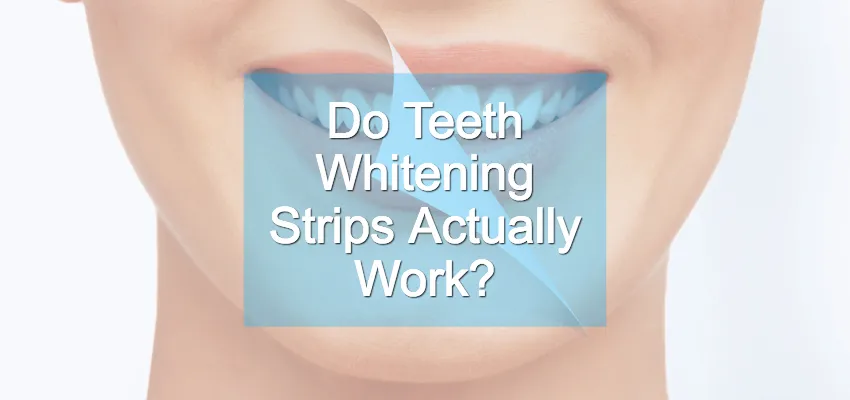Achieving a brighter smile is a common goal, and teeth whitening strips have become a popular and accessible solution. But how long do these strips last? The answer isn’t a simple one, as several factors influence the longevity of your newly whitened teeth. This guide will delve into the workings of teeth whitening strips, what affects their results, and how you can maximize the duration of your brighter smile.
Understanding Teeth Whitening Strips
Teeth whitening strips are thin, flexible plastic strips coated with a whitening agent, typically hydrogen peroxide or carbamide peroxide. These strips are designed to be applied directly to the teeth, adhering to the surface to deliver the whitening agent. They’re a convenient over-the-counter option for those seeking to improve the appearance of their smile without the cost and time commitment of professional treatments.
How Do Teeth Whitening Strips Work?
The active ingredients in teeth whitening strips, hydrogen peroxide or carbamide peroxide, penetrate the enamel of the teeth. These agents break down the stains and discoloration caused by food, drinks (like coffee, tea, and red wine), and smoking. This process lightens the tooth enamel, resulting in a brighter appearance. The effectiveness of the strips depends on the concentration of the whitening agent and the duration of application.
The Ingredients in Teeth Whitening Strips
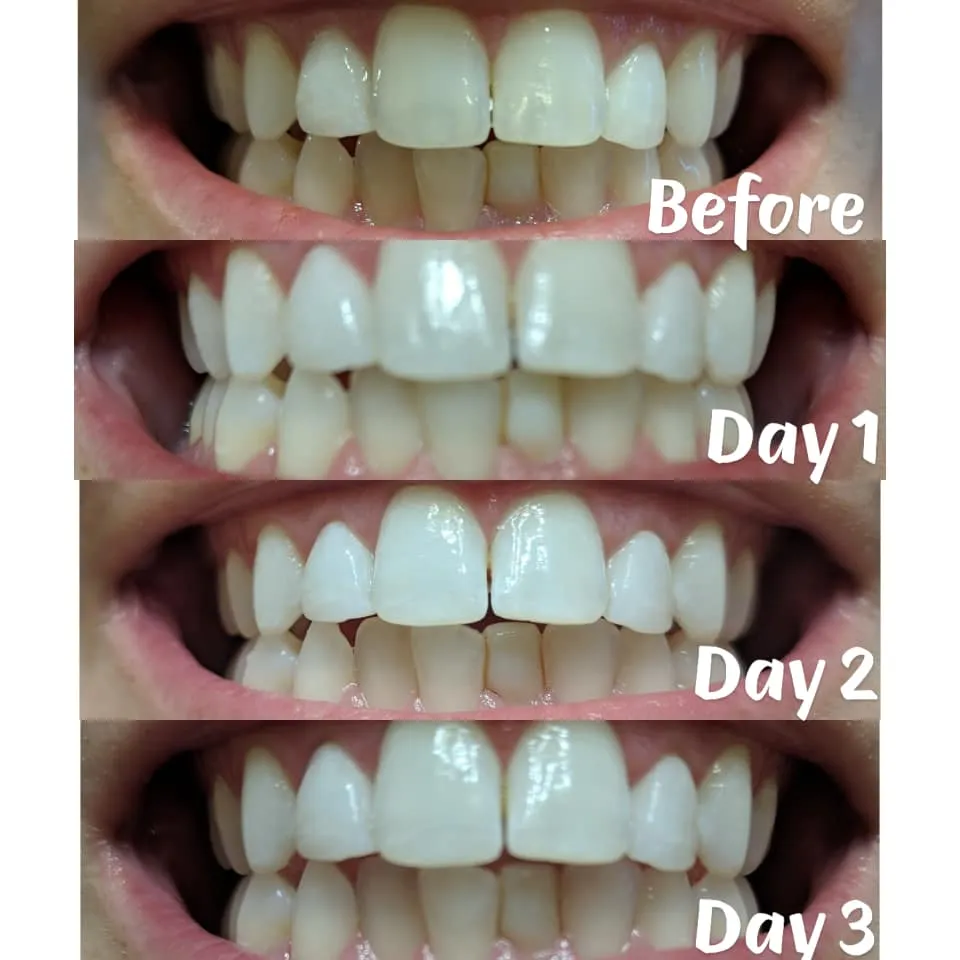
The primary active ingredients are hydrogen peroxide and carbamide peroxide. Hydrogen peroxide is the stronger of the two and is often used in professional whitening treatments. Carbamide peroxide breaks down into hydrogen peroxide and urea, providing a slower, more sustained release of the whitening agent. Other ingredients may include binding agents, stabilizers, and flavoring agents to make the strips adhere to the teeth and improve the taste. (image: teeth-whitening-strips-ingredients)
The Longevity of Teeth Whitening Results
The results from teeth whitening strips are not permanent. The duration of the whitening effect varies from person to person, generally lasting from a few months to a year or even longer. Several factors play a crucial role in how long your teeth stay white, including your lifestyle, oral hygiene, and the specific product used.
Factors Affecting the Duration
Diet and Lifestyle
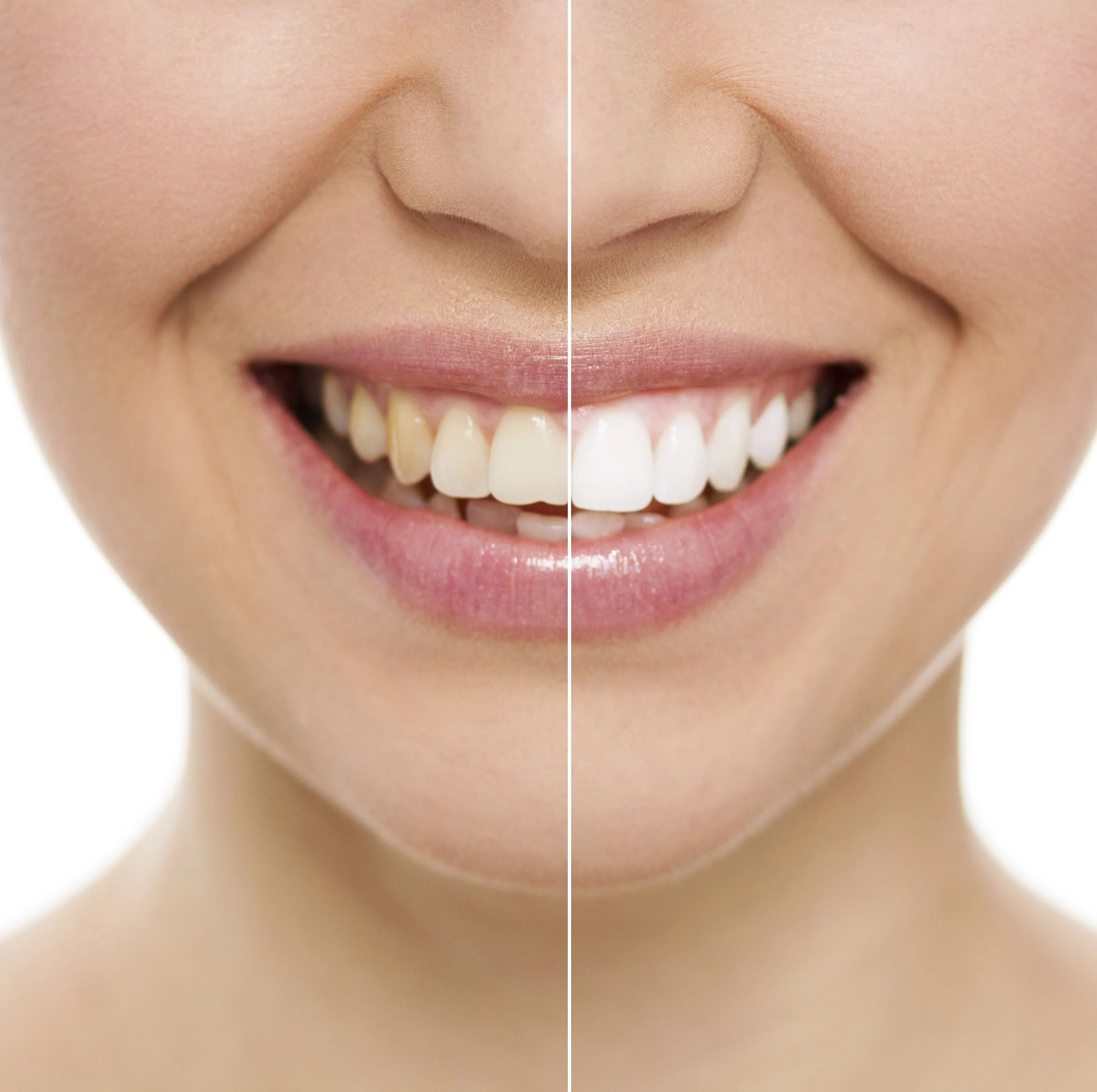
Your dietary habits and lifestyle choices significantly impact how long your teeth stay white. Consuming foods and drinks that stain teeth, such as coffee, tea, red wine, dark-colored berries, and soy sauce, can gradually reverse the whitening effect. Smoking and tobacco use also contribute to faster discoloration. (image: healthy-diet-teeth)
Oral Hygiene Practices
Maintaining excellent oral hygiene is crucial for preserving your whitening results. Brushing your teeth at least twice a day, flossing daily, and using an anti-staining mouthwash can help remove surface stains and prevent new ones from forming. Regular dental check-ups and cleanings are also essential to maintain your teeth’s whiteness.
Type of Whitening Strips Used
The type of teeth whitening strips you use can also influence how long the results last. Strips with a higher concentration of the whitening agent may provide more dramatic initial results, but the longevity of the whitening effect isn’t solely determined by the strength of the product. Adhering to the manufacturer’s instructions is essential to achieve the best results.
Maximizing the Lifespan of Your Results
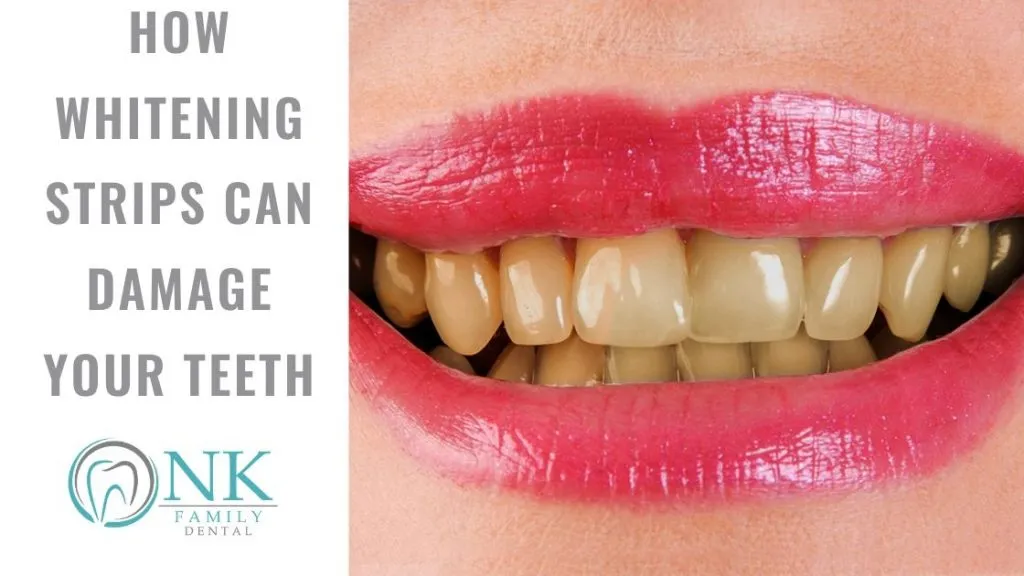
While the results from teeth whitening strips aren’t permanent, there are steps you can take to extend the duration of your brighter smile. By adopting certain habits and practices, you can help maintain your teeth’s whiteness for a more extended period.
Proper Application and Usage
Always follow the instructions provided with your teeth whitening strips. This includes the correct application time, frequency, and any specific recommendations for after use. Consistent and proper use of the strips will help you achieve and maintain the desired results. (image: teeth-whitening-strips-usage)
Maintaining a Healthy Diet
Minimize your intake of staining foods and drinks, such as coffee, tea, red wine, and dark-colored berries. If you consume these items, rinse your mouth with water immediately afterward or brush your teeth to reduce the risk of staining. Consider using a straw for beverages that tend to stain your teeth.
Regular Dental Check-ups and Cleanings
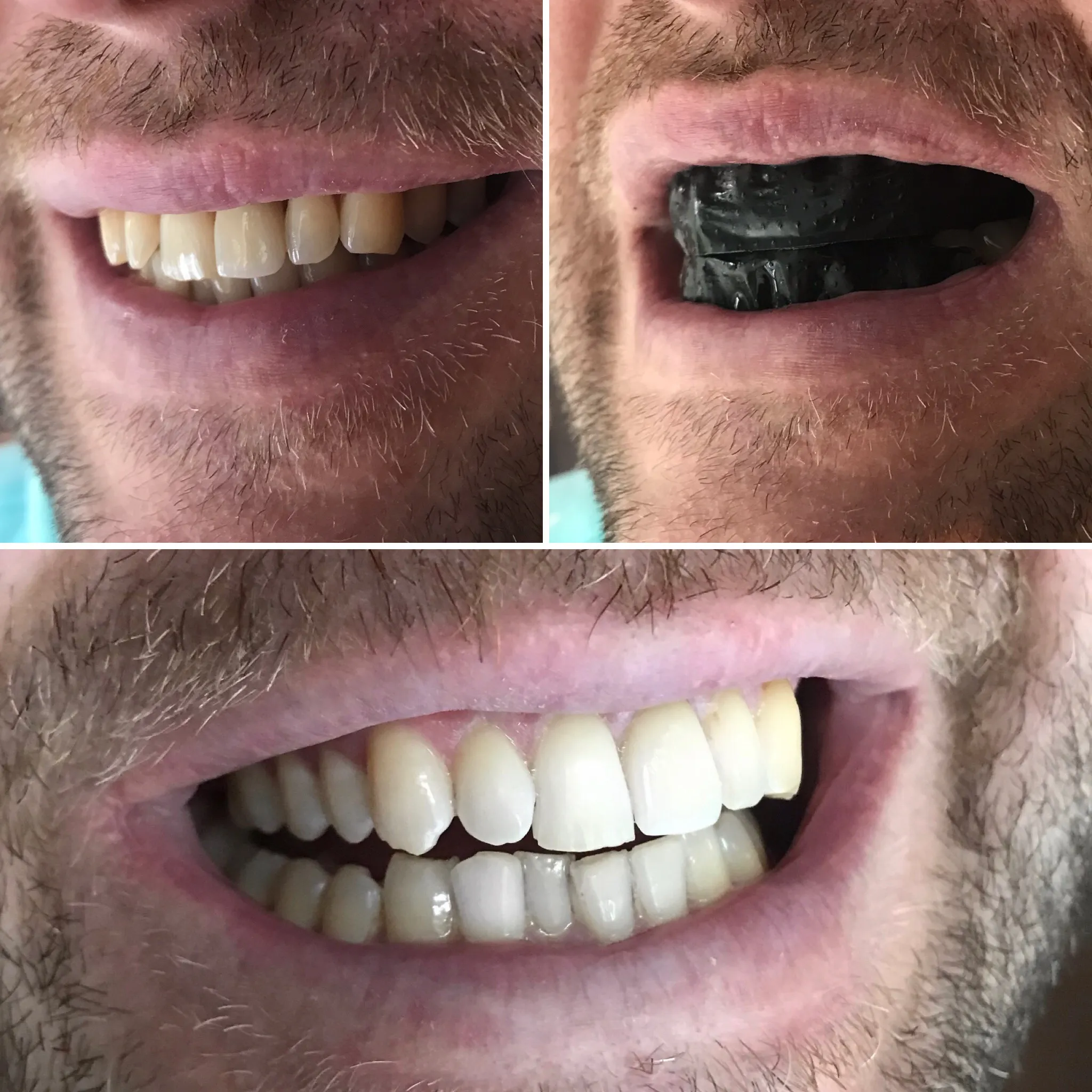
Schedule regular dental check-ups and cleanings with your dentist. Professional cleanings can remove surface stains and plaque that can contribute to discoloration. Your dentist can also provide advice on maintaining your oral health and recommend touch-up whitening treatments if needed. (image: dental-checkup)
Comparing Teeth Whitening Options
Teeth whitening strips are just one of many options available. Understanding how they compare to other methods can help you make an informed decision about which treatment best suits your needs and expectations.
Professional Whitening Treatments
Professional teeth whitening treatments, performed by a dentist, often use higher concentrations of whitening agents and can deliver more dramatic results. These treatments are usually more expensive but may offer longer-lasting results and are conducted under professional supervision, minimizing the risk of potential side effects. (image: professional-teeth-whitening)
Over-the-Counter Alternatives

Besides strips, there are various other over-the-counter whitening products, such as whitening toothpastes, gels, and mouthwashes. These products typically contain lower concentrations of whitening agents and may provide less dramatic results than strips. However, they can be a useful part of your overall oral hygiene routine. (image: teeth-whitening-alternatives)
Risks and Considerations of Teeth Whitening
While teeth whitening strips are generally safe, some potential risks and considerations exist. Tooth sensitivity is a common side effect, which usually subsides after the treatment. Other potential issues include gum irritation and uneven whitening. If you experience any adverse effects, consult your dentist. (image: teeth-sensitivity)
In conclusion, while teeth whitening strips provide a convenient and affordable way to brighten your smile, the results are not permanent. The longevity of the whitening effect depends on several factors, including your lifestyle, oral hygiene, and the type of strips used. By understanding these factors and adopting good oral hygiene practices, you can maximize the lifespan of your brighter smile and enjoy the benefits of teeth whitening strips for an extended period.
